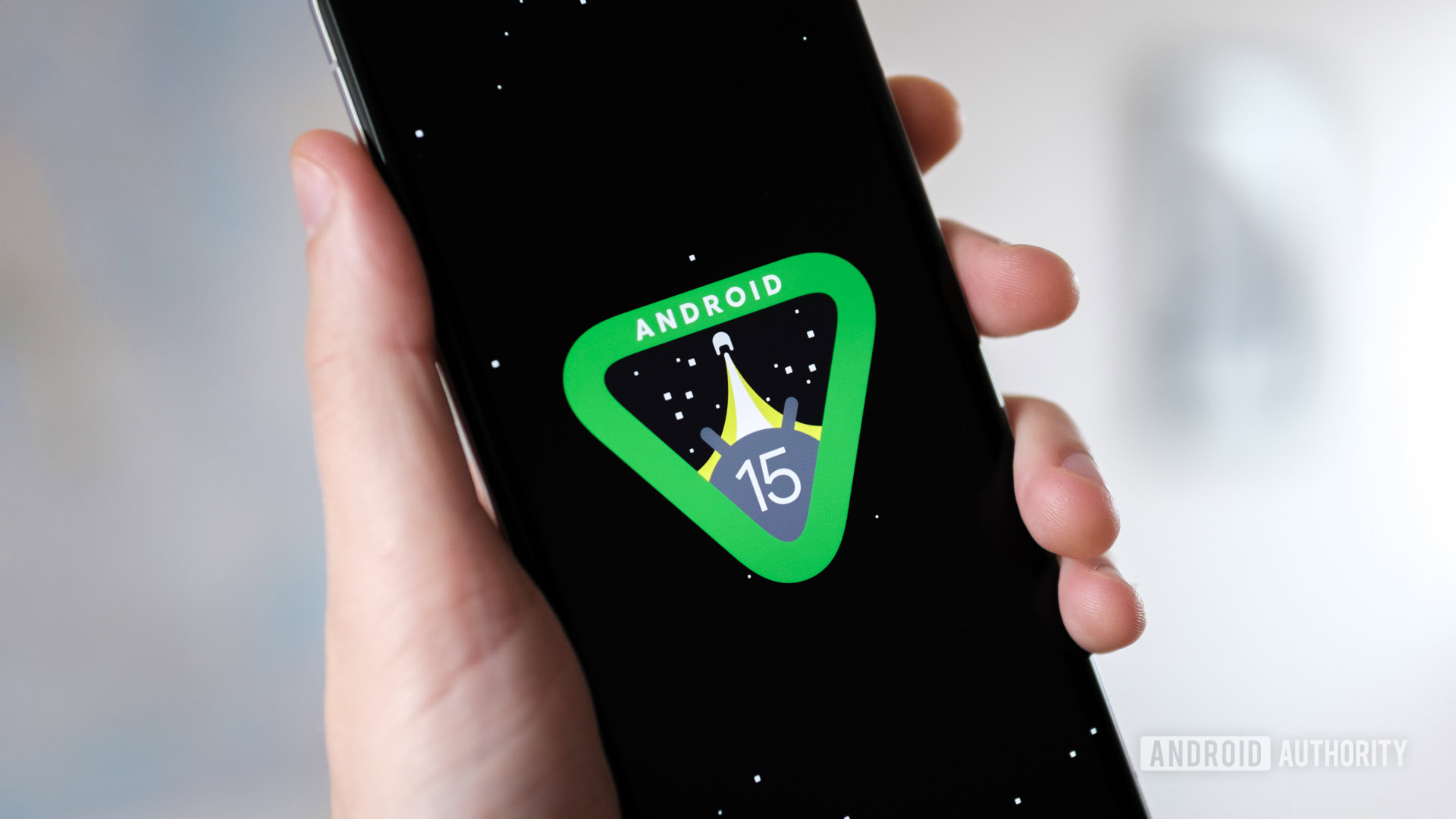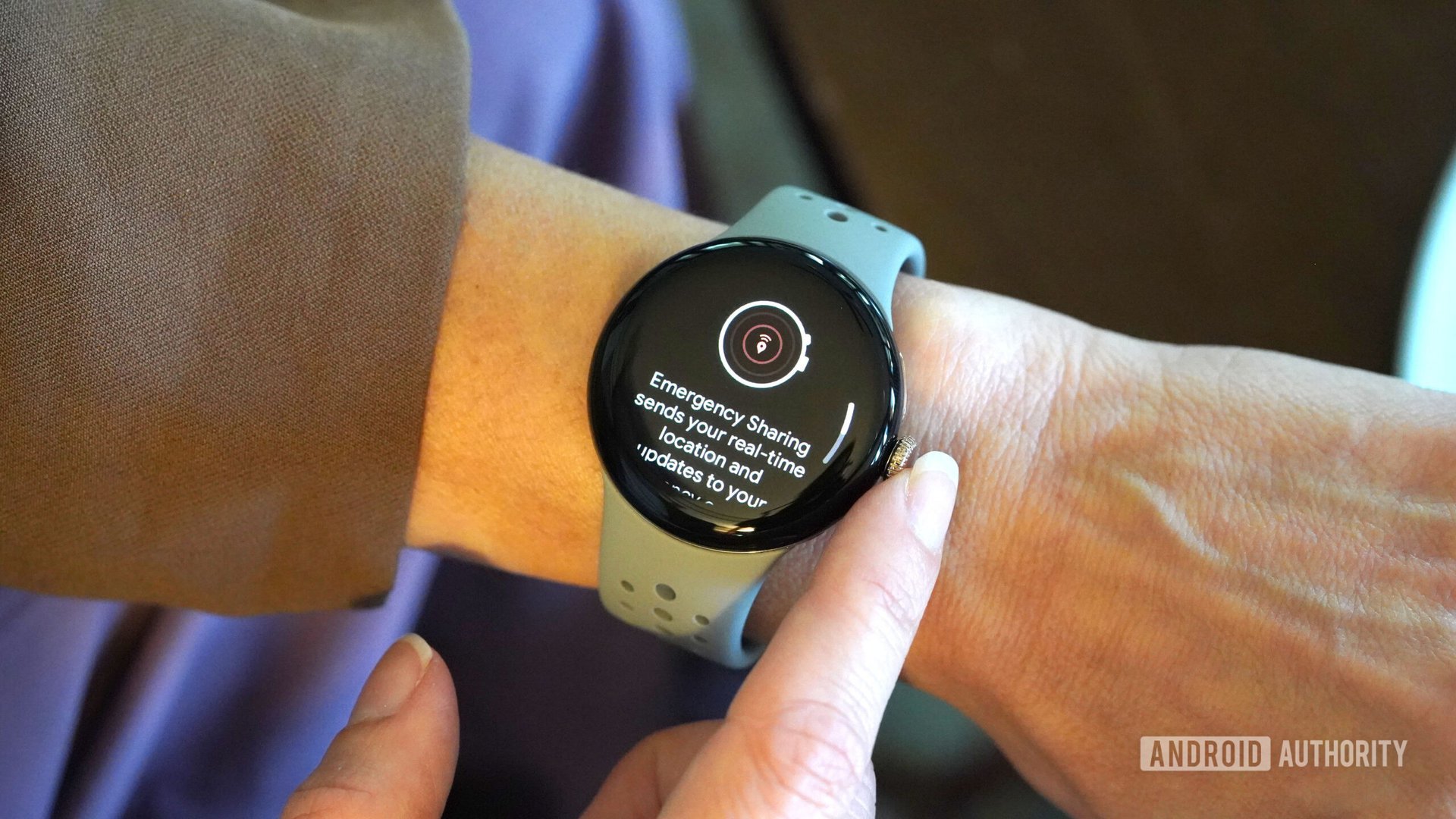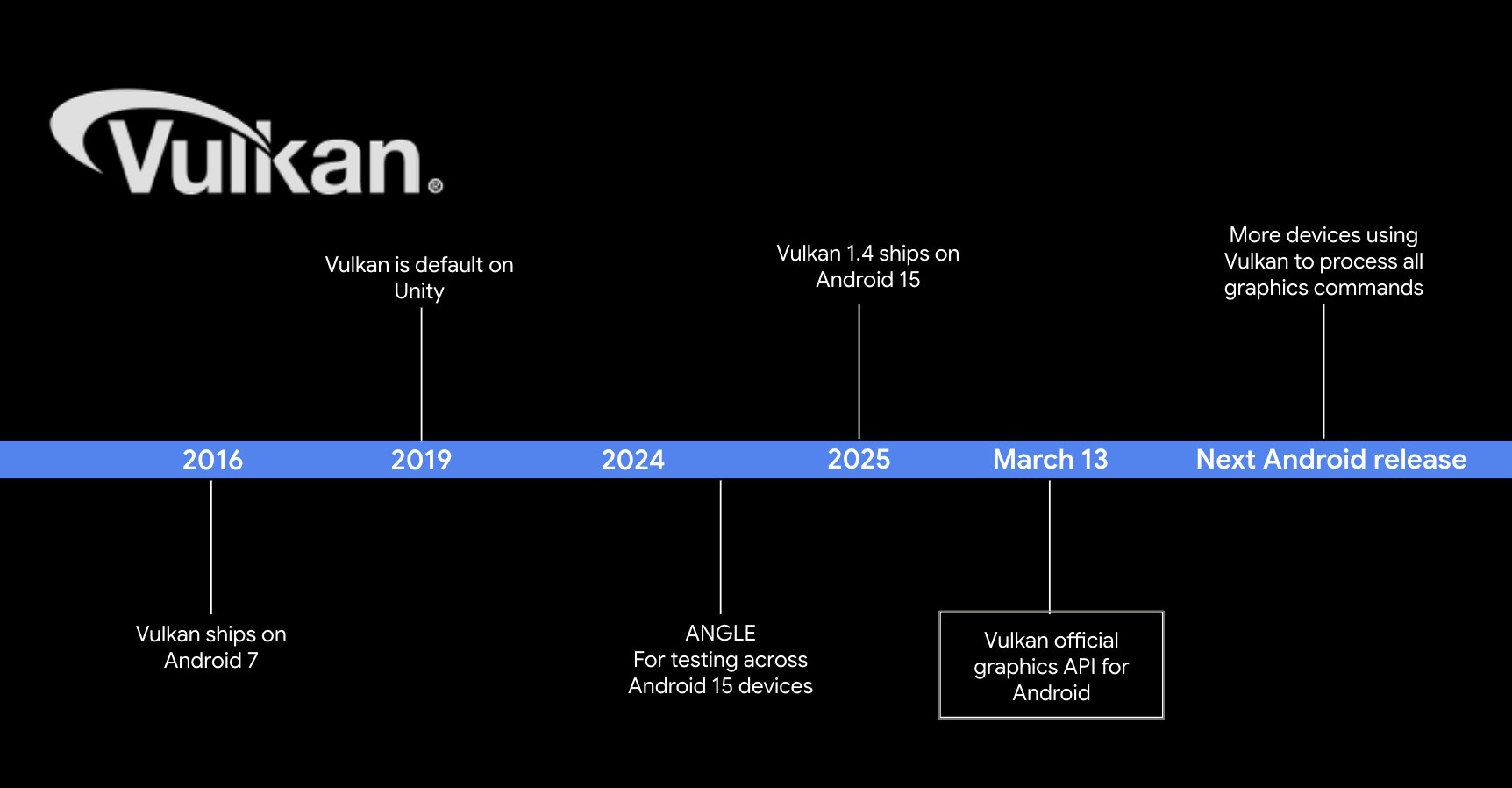
Robert Triggs / Android Authority
TL;DR
- Google has raised the requirement for how much flash storage Android devices must have in order to pass the company’s certification program.
- Starting with Android 15, devices must ship with at least 32GB of storage, 75% of which must be allocated to the data partition.
- Android 15 also includes some other new requirements, such as requiring telephony devices to support sharing emergency contacts with emergency services and requiring chipsets to support Vulkan 1.3.
While the best Android phones include at least 128GB of internal storage, many budget-friendly phones offer considerably less. Some Android devices even ship with as little as 16GB of storage, a significant portion of which the Android operating system occupies. Despite Google’s efforts to compress Android and its mobile apps for low-end hardware, 16GB of storage doesn’t provide much space for apps, resulting in a poor user experience. That’s why Google recently increased the minimum storage requirement for Android devices.
You’re reading an Authority Insights story. Discover Authority Insights for more exclusive reports, app teardowns, leaks, and in-depth tech coverage you won’t find anywhere else.
Starting with Android 15, Google now requires Android devices to have at least 32GB of internal storage. Google mandates that 75% of this 32GB must be allocated to the data partition, which stores preinstalled system apps, system app data, certain system files, and crucially, all user apps and files. This doubles the previous minimum flash storage requirement of 16GB, introduced with Android 13 in 2022. Consequently, devices with less than 32GB of storage cannot upgrade to Android 15, as Google’s new requirement applies to both new and upgrading devices.
| Android OS Version | Flash Storage Size Requirement | Data Partition Size Requirement |
| Android 15 | 32GB or higher | 75% of total storage size or higher |
| Android 14 | 16GB or higher | 75% of total storage size or higher |
| Android 13 | 16GB or higher | 75% of total storage size or higher |
| Android 12 | 8GB or higher | 75% of total storage size or higher |
Google can’t legally prevent manufacturers from building smartphones with less than 32GB of storage so long as those phones use the open source version of Android (AOSP), as AOSP’s licensing terms don’t allow such restrictions. However, Google can enforce this requirement on companies seeking to ship Android smartphones with Google Mobile Services (GMS), as GMS is proprietary. The minimum flash storage size requirement is specified in the confidential GMS Requirements document, a document outlining the rules devices must meet to obtain a GMS license. Most smartphone and tablet makers adhere to these rules because a GMS license is essential for success; without it, devices cannot ship with core Google apps like the Google Play Store and Google Play Services.
Google hopes that increasing the minimum flash storage size to 32GB will improve the user experience on low-end Android devices, which account for the majority of Android device sales worldwide. This change will provide more space for apps for both users and original equipment manufacturers (OEMs). However, increased storage capacity doesn’t guarantee faster storage speeds, and most of these devices will likely still use slower eMMC storage chips. This is understandable, though, since UFS chips are more expensive than eMMC chips, making their exclusion on budget hardware a common compromise.
What other new Android 15 requirements are there?

Robert Triggs / Android Authority
In addition to the increased minimum flash storage size, Android 15 devices must meet other new requirements to pass GMS certification. While most of these new requirements are under the hood or apply only to chipset vendors rather than OEMs, one new requirement has significant safety implications for users.
Google states that cellular devices launching with Android 15 or later must offer users the option to share their emergency contacts data with the system’s Emergency Location Service during emergency calls. This feature allows users to opt in to share their emergency contacts along with location data when contacting emergency services. This enables emergency services to more easily reach out to emergency contacts for updates or additional information. To protect user privacy, Google mandates a clear disclosure about what information may be shared with emergency services and requires blocking contact data sharing unless the user opts in.

Kaitlyn Cimino / Android Authority
Another key new requirement is that Android 15 mandates that new chipsets support Vulkan 1.3 or higher, and comply with the Android Baseline 2022 profile and Vulkan Profile for Android 15. Furthermore, devices running Android 15 or later (excluding those running Android Go Edition) must include ANGLE libraries and provide a way for app developers to use these libraries as replacements for the native OpenGL ES driver. ANGLE essentially translates older OpenGL ES calls to Vulkan, enabling modern devices without native OpenGL ES drivers to support older apps and games. Google specifies that while these ANGLE libraries don’t need to be enabled by default in Android 15, they must be enabled by default in Android 16.
The Vulkan and ANGLE requirements in Android 15 aren’t surprising, especially given Google’s recent announcement that Vulkan is now the official graphics API for Android. Since the company aims to make Android a leading gaming platform, improving Vulkan API support is a key step. Therefore, Google is using GMS Requirements to gradually raise the standard for Vulkan API feature support on Android devices.

The final requirement change worth noting is a slight adjustment to Android’s minimum RAM requirement. To receive GMS certification, Android 14 devices with 2GB of RAM must enable Android’s low memory optimizations (Android Go Edition). While Android 15 devices with 2GB of RAM can still receive GMS certification, this low memory optimization requirement now also applies to devices with 3GB of RAM. Currently, OEMs can choose whether devices with 4GB of RAM use Android’s low memory optimizations, but this may become mandatory in the next Android release. It’s good to see Google increase the minimum memory an Android device must have, as this specification significantly impacts user experience.
| Android OS Version | Must use low RAM optimizations | Can optionally use low RAM optimizations | Cannot license GMS |
| Android 15 | 2GB or 3GB | 4GB | |
| Android 14 | 2GB | 3GB | |
| Android 13 | 2GB | 3GB | |
| Android 12 | 1GB or 2GB | N/A | |
| Android 11 | 1GB | N/A | |
| Android 10 | 512MB or 1GB | N/A |
The rest of the new Android 15 requirements are either minor or not relevant to most users, but I’ve listed them below anyways for completeness:
- Chipsets that set
ro.board.first_api_levelorro.board.api_levelto 202404 and support any of the above CHRE functionality MUST declare theandroid.hardware.context_hubfeature flag. - Chipsets that set
ro.board.first_api_levelorro.board.api_levelto 202404 MUST support ID attestation. - Chipsets that set
ro.board.first_api_levelorro.board.api_levelto 202404 MUST implement StrongBox when the underlying hardware supports it, Remote Provisioning v3 HAL interface in the hardware instance on the AP which supports the primary KeyMint instance in order to provision KeyMint attestation keys, KeyMint 3.0 or higher HAL interface in secure hardware that has performance similar to the AP, and provide Android Profile for DICE support for the Remote Provisioning HAL interface. - Chipsets that launch with Android 15 support (
ro.board.first_api_levelorro.board.api_levelto 202404) are STRONGLY RECOMMENDED to package each HAL in a vendor APEX. This will become MUST in Android 16. - Chipsets that launch with Android 15 support and that support Bluetooth 5.0 or higher are STRONGLY RECOMMENDED to enable hearing aid support over Bluetooth LE for the ASHA protocol. This will become MUST in Android 16.
- Chipsets that launch with Android 15 support are STRONGLY RECOMMENDED to support Widevine L1 and include a corresponding secure decoder for every hardware AVC, HEVC, VP9, or AV1 decoder on the device. This will become MUST in 16.
- Remote Key Provisioning Mainline module is now STRONGLY RECOMMENDED to be preloaded in Android 15 but will become MUST in Android 16.










